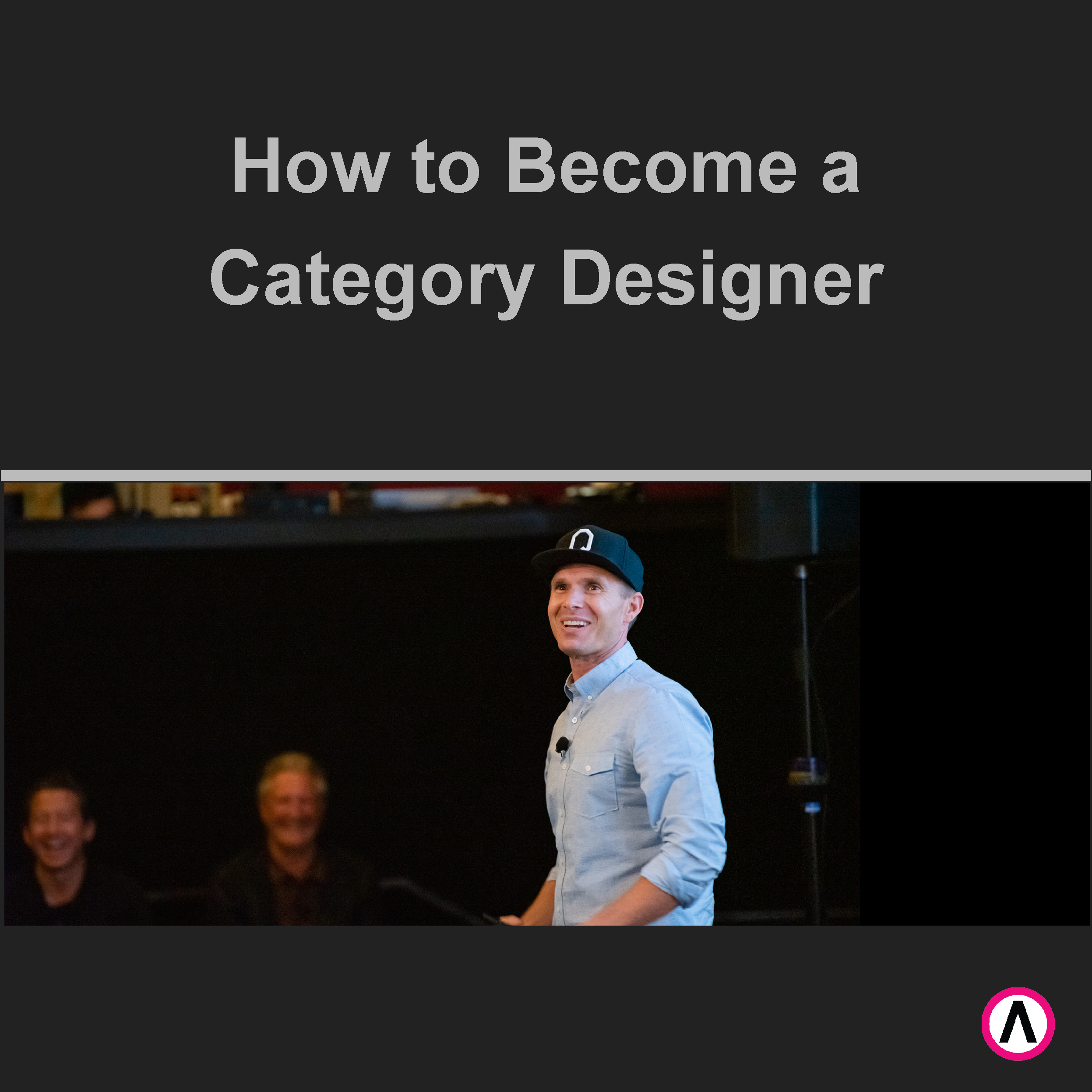
“Do not try and bend the spoon, that is impossible” – Potential 3, The Matrix
Category Designers create alternate realities by seeing problems no one else can or will, and designing a vision for the future in which that problem no longer exist. They have an ability to transcend status quos and unlock enormous value in the process.
Because costly problems must be solved. When you uncover them and design a category of products or services to solve them, you become a critical ally to your prospects. In a way that no amount of feature one-upmanship could ever come close to.
Different is better. Creation outperforms competition.
The greatest category designs unlock new realities on grand scales. It may sound like science fiction, but if you think about some of the greatest category designs of all time, you’ll see it’s not. Open AI creating a new world of answers with Gen AI, seemingly overnight. WeGovvy and Zeppound eradicating morbid obesity among millions in a few short years. In fact, the Financial Times reports that these drugs, almost single handedly brought about a 2% decline in the obesity rate since 2021, when they became widely used. That differs radically from other recent public health victories, like declining smoking rates which required “myriad government interventions” to create change.
Categories like these created alternate realities that would not have existed without the category designing minds behind them. Without the people realizing the potential of what these things could be and bringing them to the world.
While these examples are global and wide reaching, far more often, Category Designers are operating on individual market scales. Changing realities for a subset of people with specific problems that these audiences just can’t see, or don’t think they can solve.
Even though the scale might be different, the fundamentals of Category Design thinking are not. And the people who engage in this kind of work share some common traits:
- Lateral Thinkers: The best category designers can suspend the “givens” of a current market reality, and ask what if questions that lead to new ideas and a different set of problems.
- Look For The Right Questions, Not The Right Answers: Category Designers are not lone geniuses, nor do they aspire to that. Instead, they are experts at holding up mirrors, exposing logical gaps, questioning the givens and pushing category teams to find their different. Category Designers don’t have the answer, but they have the discipline and process for finding the answer.
- Relentless Facilitators: Category Design requires intimate involvement from the C-Suite and every key leadership discipline. Category Designers establish this at the outset, and keep everyone on the category design team engaged and honest.
- Integrators: They have an ability to pull perspectives from key disciplines within the organization, and then ensure adoption of the category across these disciplines once design is complete
- Story Tellers: Category Designers are able to turn problems and their costs, solutions, categories and their outcomes into motivating and moving Points of View, that push prospects and customers forward into the new reality
- Technical Sooth Sayers: Able to explain complex technical relationships and functions to people without technical skills, without losing fidelity needed for technical audiences
- Gutsy: Category Designers push unceasingly towards non-consensus ideas – the truly different space that can underpin tremendous value and legendary categories. But failing is a constant threat, and having the fortitude to push through (prudently) is a prerequisite for the job.
Where do Category Designers work?
At Play Bigger, we are all dedicated Category Designers – all we do is work with companies to find hidden problems and connect them with solutions to form a vision for the future. But often Category Designers are the people hiding in plain sight. They have jobs in revenue or product departments. They are software engineers, heads of marketing, sales, product and comms. They are high level execs and newly minted VPs.
While they don’t share a common title, they do share a common belief that markets change and more importantly, can be changed. They look at the status quo with disdain and are animated by a desire to create something new.
The vast majority of Category Designers sit within the traditional structure of an organization and may not have a Category Designer job title. And the truth is, Category Design is a skill that anyone can learn.
Are you ready to Play Bigger? Let's Talk!

